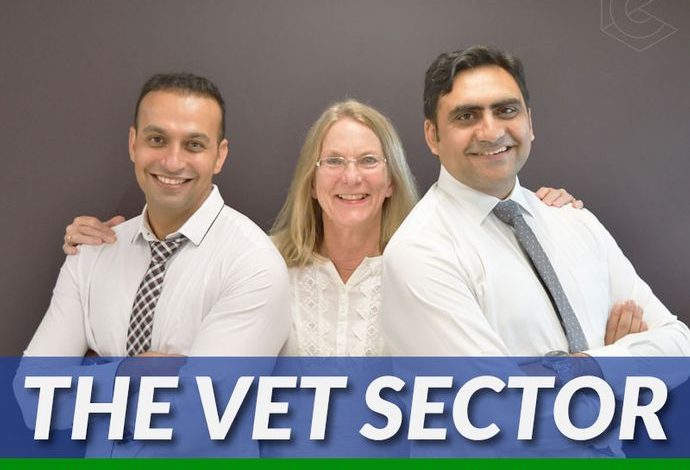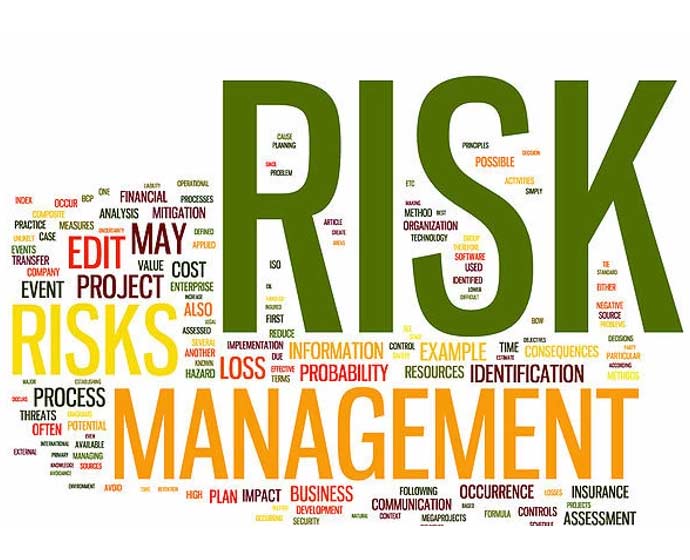Published with written permission from the author.
Reference: Zhouand, Z. (2019, April 09). Can I sue ASQA for damages? Retrieved April 09, 2019, from https://www.linkedin.com/pulse/can-i-sue-asqa-damages-zmarak-zhouand/
In the current environment, an increasing number of people feel that they and their Registered Training Organisations (RTOs) have suffered loss and damage due to what they believe are wrongful acts or omissions on the part of the Australian Skills Quality Authority (ASQA).
The question that these people want answered is: “Can I sue ASQA?”
Read on for more details.
(1) Reviewing a decision vs. suing ASQA
There is a difference between applying to have a decision reviewed and suing for damages.
If ASQA makes a decision that you disagree with (for example a decision to cancel your RTO registration), you can usually apply to review the decision internally with ASQA and/or with the Administrative Appeals Tribunal.
A review is an administrative process where the decision maker (either ASQA or the tribunal) will make a new decision. Reviewing an ASQA decision is different from suing ASQA.
You would sue ASQA to recover loss and damage that they havewrongfully caused.
If you have suffered a loss or damage because of an alleged wrongful act or omission on the part of ASQA, in theory, provided you can satisfy the elements of a cause of action (such as negligence), you may sue ASQA for damages.
So what’s stopping you?
(2) Crown immunity: ASQA is protected from legal action
Under the National Vocational Regulator Act (NVR Act) ASQA has privileges and immunities of the Crown and cannot be sued where itacts in “good faith”.
This means ASQA is legally immune from being sued where the loss or damage is caused by something ASQA did (or did not do) in “good faith”.
ASQA would be deemed to be acting in good faith if it honestly believes that it is acting in furtherance of its statutory duties – even if it is negligent or makes a wrong decision.
Accordingly, even where ASQA is negligent, and such negligence causes you or your RTO loss and damages, provided ASQA acted in “good faith”, you can’t sue ASQA.
But, there are exceptions.
(3) Not acting in good faith
If ASQA, or one of its representatives (for example, an auditor), does not act in good faith and you or your RTO suffers loss or damage, you may be able to sue ASQA or its representative.
This is a complex area of law and beyond the scope of this short article. You should seek legal advice if you believe your case might fall under this exception.
(4) Discretionary avenues for recovery
In circumstances where it can be established that you suffered loss or damage due to ASQA’s negligence, defective administration or other special circumstance, you can seek compensation in the following ways.
- Payment in settlement of a claim
- Compensation for Detriment caused by Defective Administration (CDDA) scheme
- Act of Grace payment
All these schemes are discretionary meaning that there is no obligation to pay compensation of any sort. They are based on the premise that there is a moral, rather than legal, obligation to make things right.
(a) Payment in settlement of a claim
Making a compensation claim and requesting settlement is usually the first step. You can make a claim directly to ASQA. The claim must be in writing (usually a letter) and include the details of the alleged negligence and the subsequent loss and damage suffered.
If ASQA agrees to pay you compensation, it will be an ex-gratia payment, meaning it is not an admission of liability ASQA. If ASQA does not compensate you, you can consider making a CDDA Scheme of act of grace application.
(b) CDDA Scheme
The CDDA Scheme aims to rectify defective administration. Defective administration is defined as:
- a specific and unreasonable lapse in complying with existing administrative procedures; or
- an unreasonable failure to institute appropriate administrative procedures; or
- an unreasonable failure to give to (or for) an applicant, the proper advice that was within the officer’s power and knowledge to give (or reasonably capable of being obtained by the officer to give); or
- giving advice to (or for) an applicant that was, in all the circumstances, incorrect or ambiguous.
The aim of the CDDA scheme is to put you in the same position you would have been, had there been no error or negligence. So, if you can prove that defective administration took place, then the CDDA scheme may, but is not obligated to compensate you for your loss or damage.
(c) Acts of grace payment
An act of grace payment is a special ‘gift of money’ by the Commonwealth government. Act of grace payments are very rare. According to the Commonwealth Department of Finance:
Act of grace payments are a last resort for providing compensation to persons who may have been unfairly disadvantaged by the Commonwealth but who have no legal claim against it.
Circumstances where an act of grace payment might be made include:
- where ASQA’s involvement had an unintended outcome
- where the application of legislation or policy has resulted in an unintended, inequitable or anomalous effect
- where the paramount obligation is moral, rather than legal.
The Department of Finance handles act of grace payment applications.
(5) Way forward
Suing ASQA or one of its representatives, or making a claim under one or more of the discretionary schemes, can be very tricky and you want to get it right, the first time.
For advice on your rights and assistance with making your claim, speak with your lawyer.














